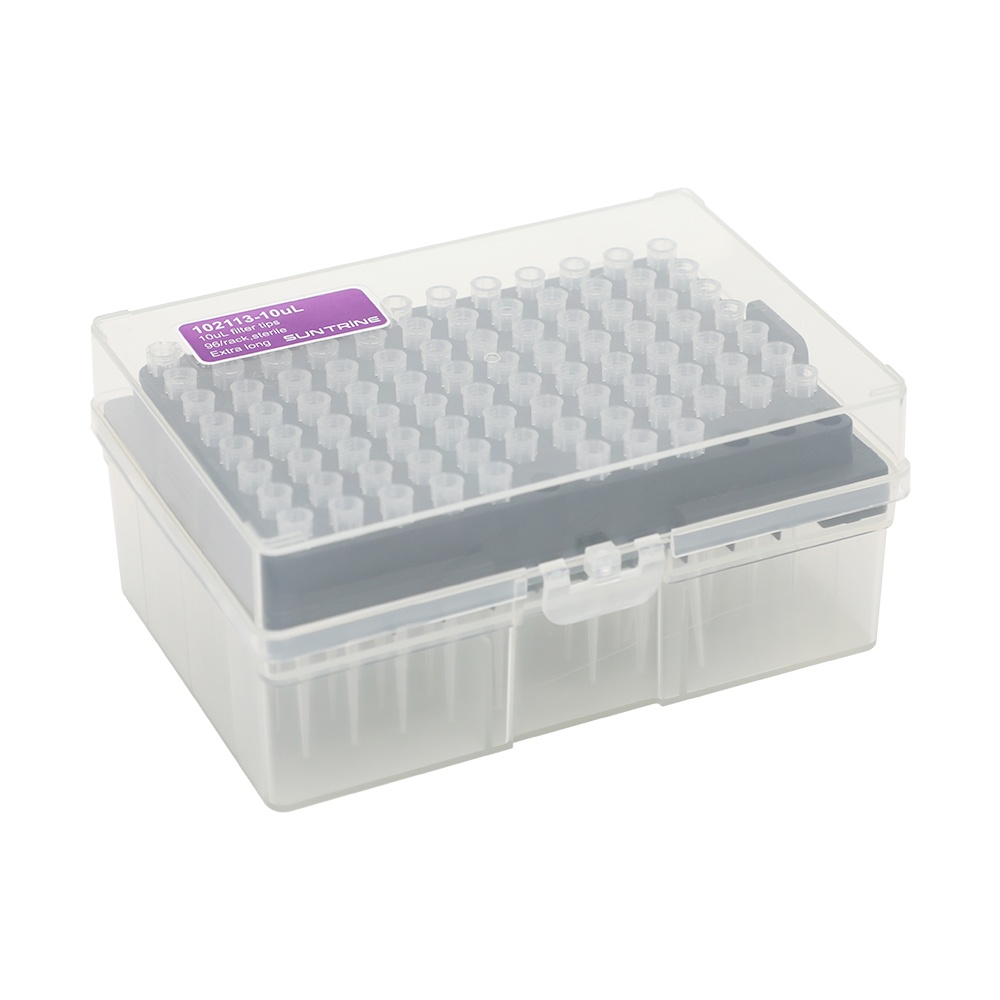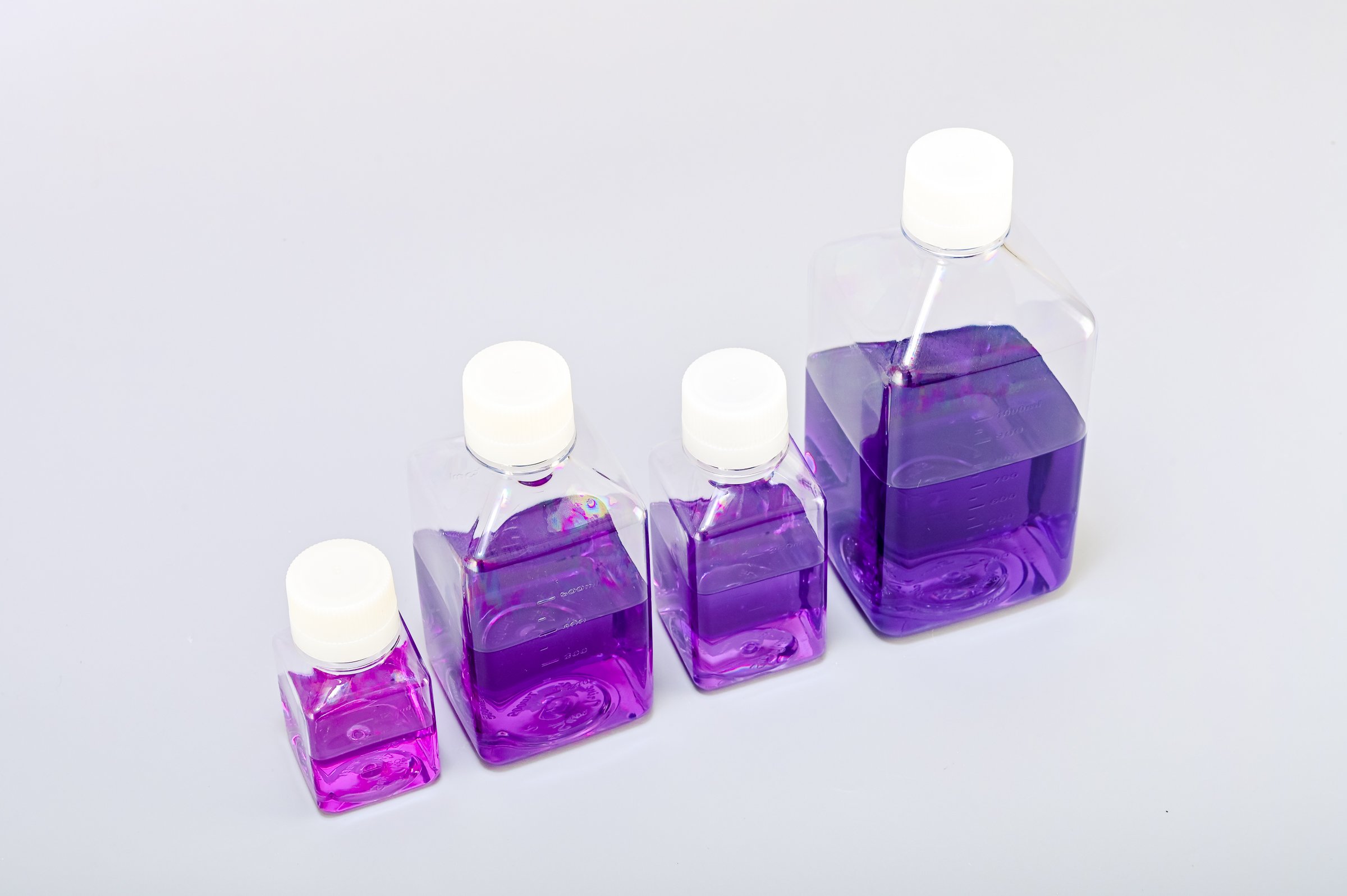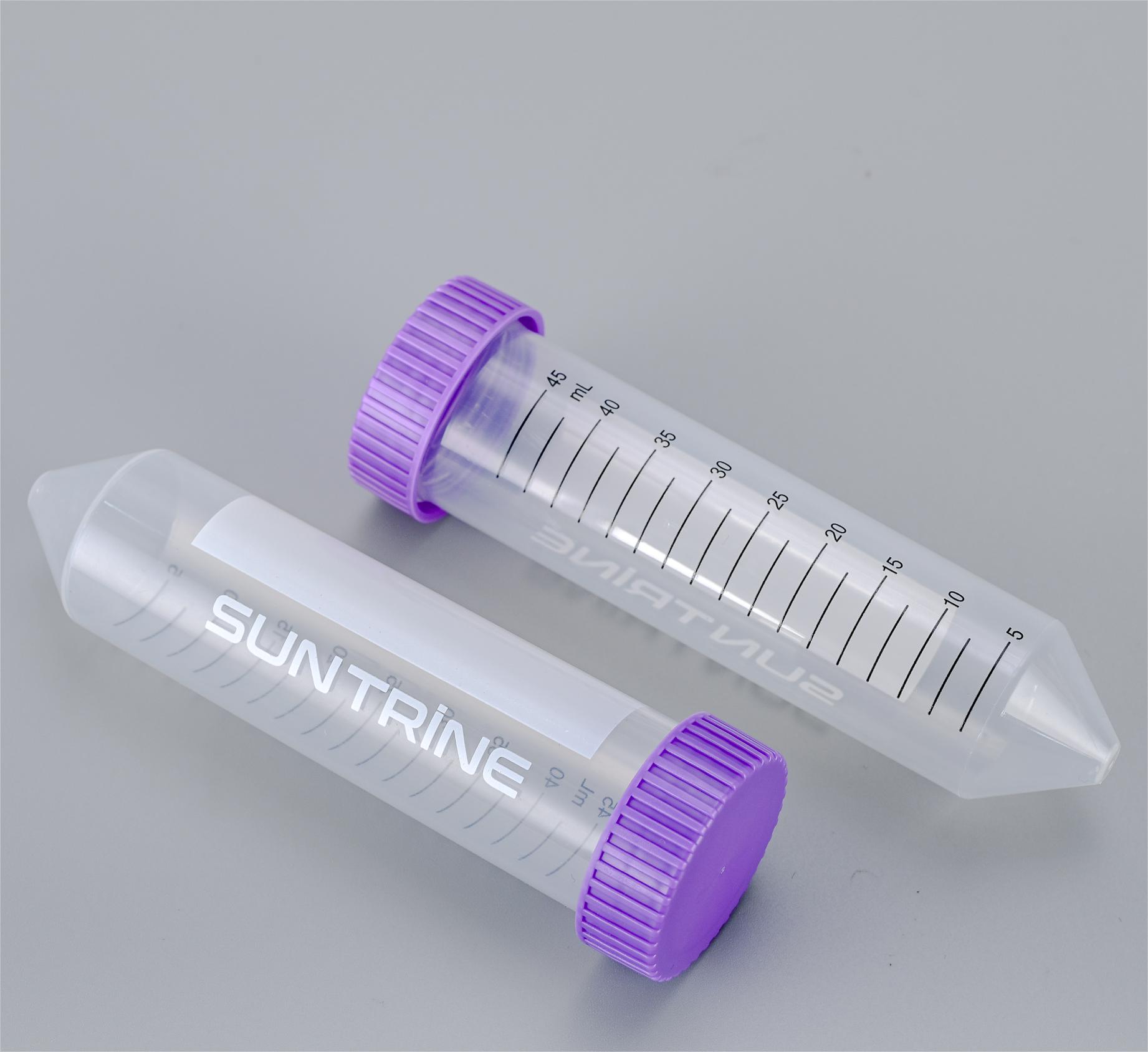30ml-1000ml PET Square Media Bottle
PET serum bottles are principally used for storage and transport of culture media, serum, buffer solutions and reagents; they are resistant to cracking and puncture, and are as transparent as glass, thus being suitable for air transport and flat storage.









